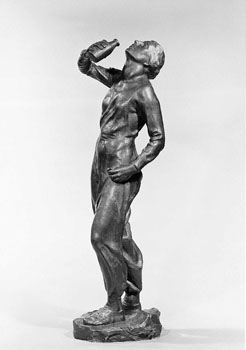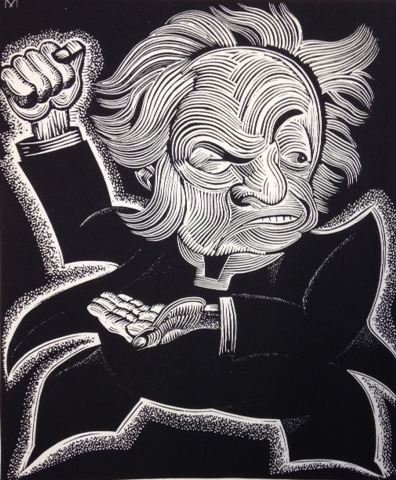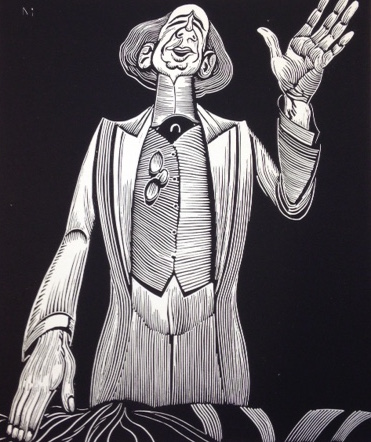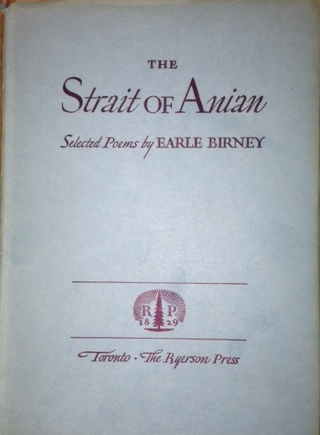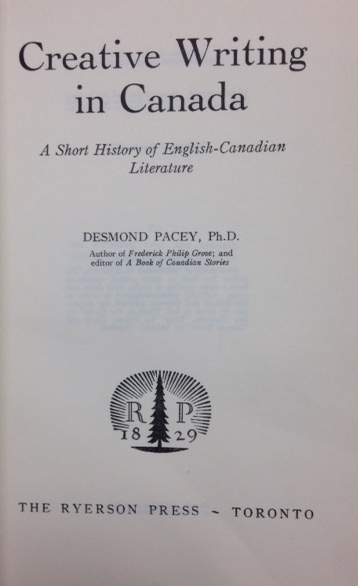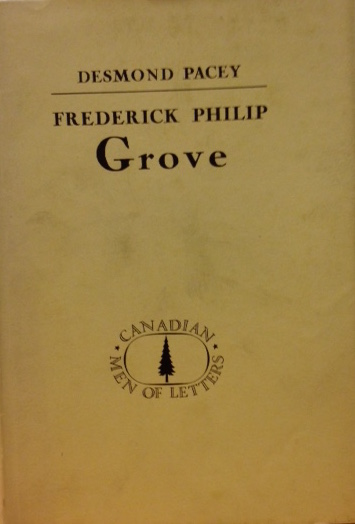
I Brought The Ages Home, C.T. Currelly, The Ryerson Press, 1956
I Brought The Ages Home was published by The Ryerson Press, in 1956. Northrop Frye, Professor of English at Victoria College, was the editor. Professor Frye commented, “When this manuscript came to me for editing, it was immediately clear that my editorial duties were to be of the most unobtrusive kind. They have been confined to minor re-arrangements and to some smoothing of the reader’s path.” He let the author tell the “most amazing tale ever to come out of Ontario” to be told in the “author’s accomplished raconteur’s skill.”
Charles T. Currelly (1876-1957) was born in Exeter, Ontario, and educated at Harbord Collegiate and Victoria College, Toronto. Upon graduation, Currelly was posted to a Methodist missionary site in northern Manitoba where he served from 1898 until 1901. In 1902, Currelly travelled to England, working his way across on a cattle boat, the Manchester Commerce. A chance meeting with Flinders Petrie, renowned Egyptologist, occurred after Currelly paid a visit to the British Museum in London. This landed Currelly a position helping Petrie set up an exhibition of ancient artifacts: “The marvel of seeing and touching these wonders of the past was so great that I had a feeling that one ought to fast, or make some peculiar preparation before handling such precious objects. I am glad to say that I never lost this feeling, and the careless handling or breaking of an antiquity has always been a nightmare to me.”
While in England, Currelly also met Nathanael Burwash, then Chancellor of Victoria College who, upon hearing of Currelly’s interest in antiquities and his planned excursion to Egypt with Petrie, concurred with the young collector’s desire to establish a museum in Toronto. This chance meeting in 1902 was the beginning of what was to become The Royal Ontario Museum of Archaeology which now stands on the grounds of the University of Toronto. Upon his return to Toronto, Burwash set about establishing funding for the new venture.

Charles T. Currelly
Currelly was also very well-connected himself and was soon advocating the establishment of a museum with the likes of Pelham Edgar, English Professor at Victoria College (and winner of the 1936 Lorne Pierce Medal for distinguished service to Canadian Literature), Sir Edmund Walker, President of The Bank of Commerce, Sir Edmund Osler, President of The Dominion Bank to name a few. Currelly was able to convince his potential benefactors that it was entirely possible to procure antiquities at reasonable prices through his own experiences and dealings in Egypt, Crete and Asia Minor. He felt sure that these items would be of great value to the public.
The jacket copy of I Brought The Ages Home reads as follows: “I Brought The Ages Home is the story of how the Royal Ontario Museum of Archaeology developed from a dream in one man’s mind into one of the world’s great collections. Dr. Charles T. Currelly describes his life, first in Canada, then as an excavator in Egypt before the First World War, and finally as director of the museum he had created. The book is a museum in itself: an inexhaustible treasure house of history, anecdote, and of curious bits of information gathered from all over the world, together with one of the most amazing life-stories ever to come out of Canada, told with great wit and charm.”

Enter a Royal Ontario Museum, Toronto, Ontario, circa 1956
A plaque outside the Royal Ontario Museum recognizes the contribution to Canada made by Charles T. Currelly. It reads in part: “His work in various parts of the Mediterranean world inspired him with the idea of establishing an archaeological museum in Ontario. With the aid of the University of Toronto, he worked toward this goal and when the Royal Ontario Museum of Archaeology was created in 1912, Currelly became its first director. He retained this post, as well as his professorship in archaeology at the University, until his retirement in 1946.” Dr. Currelly spent his retirement years near Port Hope, Ontario and died after a brief illness during a trip to Florida in 1957.

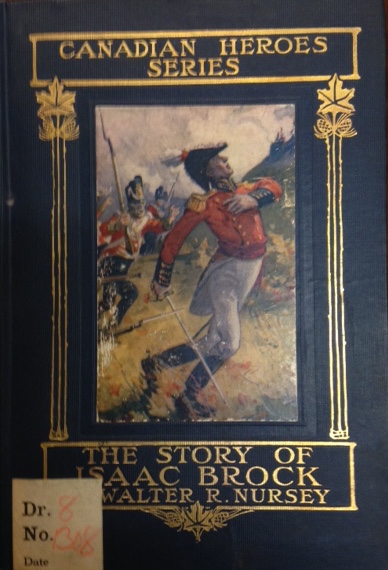
 The preface for The Story of Isaac Brock reads in part,” The story of Sir Isaac Brock’s life should convey to the youth of Canada a significance similar to that which the bugle-call of the trumpeter, sounding the advance, conveys to the soldier in the ranks. Reiteration of Brock’s deeds should help to develop a better appreciation of his work, a truer conception of heroism, a wiser understanding of his sacrifice…. Many a famous man owes a debt of inspiration to some other great life that went before him. Not until every boy in Canada is thoroughly familiar with “Master Isaac’s” achievements will he be qualified to exclaim with the Indian warrior, Tecumseh, “This was a man.”
The preface for The Story of Isaac Brock reads in part,” The story of Sir Isaac Brock’s life should convey to the youth of Canada a significance similar to that which the bugle-call of the trumpeter, sounding the advance, conveys to the soldier in the ranks. Reiteration of Brock’s deeds should help to develop a better appreciation of his work, a truer conception of heroism, a wiser understanding of his sacrifice…. Many a famous man owes a debt of inspiration to some other great life that went before him. Not until every boy in Canada is thoroughly familiar with “Master Isaac’s” achievements will he be qualified to exclaim with the Indian warrior, Tecumseh, “This was a man.”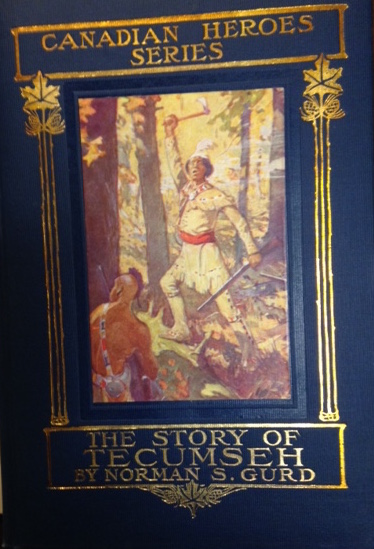





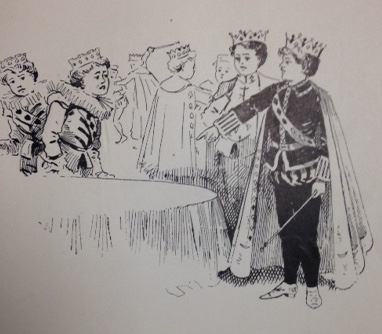

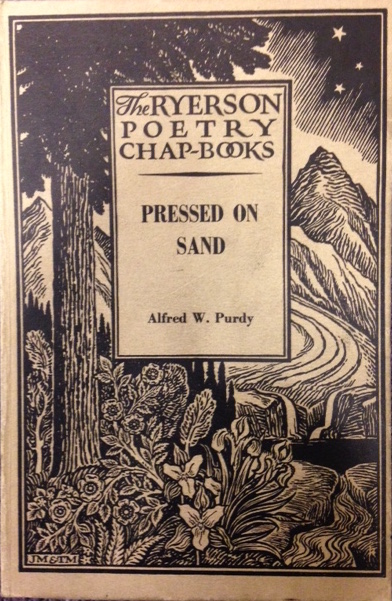 I SEE NO HAND
I SEE NO HAND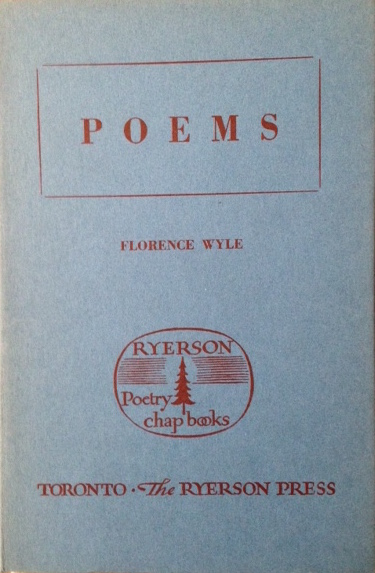 Florence Wyle was born November 24, 1881 in Trenton, Illinois. She intended to become a doctor, but after her first year in pre-med, she met her life-long partner, Frances Loring. The two moved to Greenwich Village in 1909 and then to Toronto in 1913. They lived for nearly 50 years in a house near Mount Pleasant and St. Clair, in Toronto. The Loring-Wyle Parkette was created in their honour. Their converted church made into a studio still stands.
Florence Wyle was born November 24, 1881 in Trenton, Illinois. She intended to become a doctor, but after her first year in pre-med, she met her life-long partner, Frances Loring. The two moved to Greenwich Village in 1909 and then to Toronto in 1913. They lived for nearly 50 years in a house near Mount Pleasant and St. Clair, in Toronto. The Loring-Wyle Parkette was created in their honour. Their converted church made into a studio still stands.